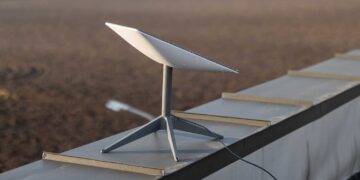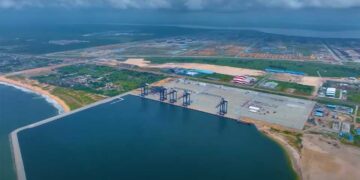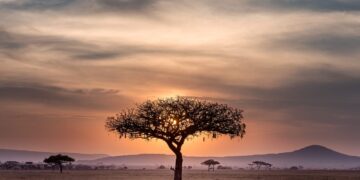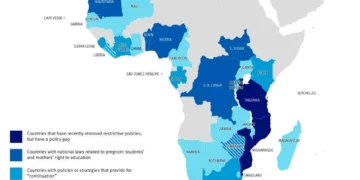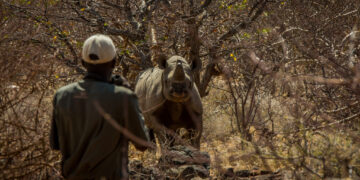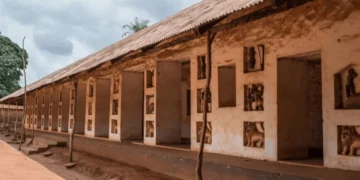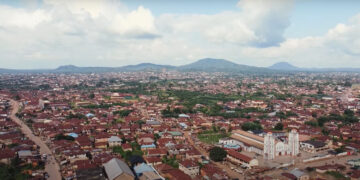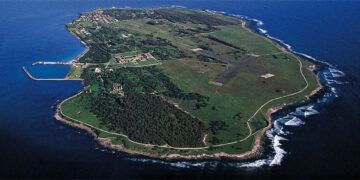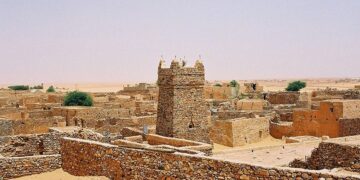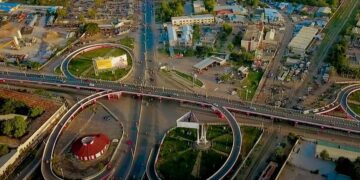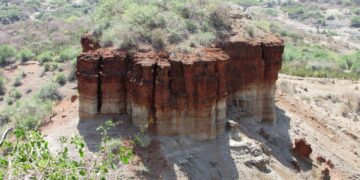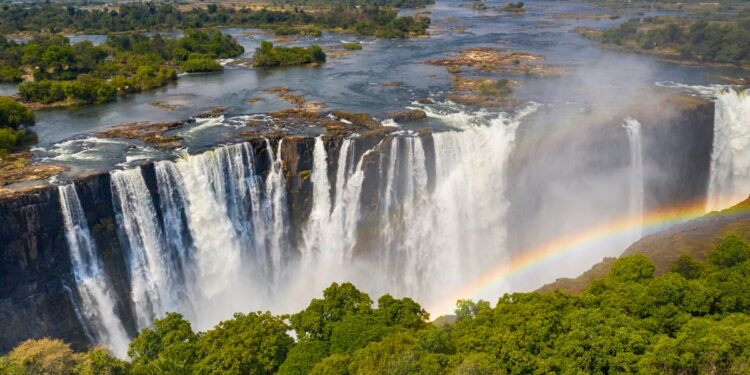Victoria Falls lies on the Zambezi River, forming a natural barrier separating the two countries of Zambia and Zimbabwe in southern Africa. Locally known as “Mose oa Tunya,” a Kololo phrase meaning “the smoke that thunders,” it refers to the massive cloud of spray and the thunderous sound produced by the falling water. This site, inscribed on the UNESCO World Heritage List in 1989, represents a geological phenomenon of significant proportions, a unique ecosystem, and a vital economic resource for the surrounding region.
The formation of Victoria Falls is the result of a long and complex geological process. The Zambezi River flows through a vast basalt plateau formed by volcanic activity approximately 180 million years ago. This plateau is characterized by a network of faults and fissures filled with softer sedimentary rock. Over thousands of years, the flow of the river has eroded this soft rock, creating a series of deep, winding gorges.
The falls themselves were formed when the river began eroding along a major fault line running east to west across the river’s course. Water cascades from the edge of this basalt plateau into this first gorge, which is approximately 108 meters deep at its deepest point. The defining feature of Victoria Falls is its width of 1,708 meters, making it the largest continuous curtain of water in the world by total volume of falling water.
The amount of water flowing through the falls varies greatly depending on the season. The peak flow occurs at the end of the rainy season, between February and May, when the amount of water falling can exceed 500 million liters per minute. During this period, the spray cloud from the falls rises to a height of over 400 meters and can be seen from up to 50 kilometers away. During the dry season, between August and October, the river level drops sharply, and the water flow may be reduced to small, scattered streams along the rocky edge, clearly revealing the rock formations of the gorge.
The river continues its course past the falls through a series of seven successive, winding gorges, representing the former sites of the falls throughout its geological history. Erosion continues as the river searches for new weak points in the basalt rock, indicating that the site of the falls will gradually move upstream over geological time.
The area surrounding the falls has been inhabited by humans for thousands of years. Archaeological evidence indicates the presence of Stone Age communities, followed by Khoisan peoples, and later Bantu-speaking groups. These human groups were familiar with the falls, which formed an integral part of their beliefs and cultures. For many local communities, the site was a sacred place and a source of awe, and they avoided approaching it due to its power and sound.
The first documented European to witness the falls was Scottish explorer and traveler David Livingstone. He arrived at the site on November 16, 1855, during his expedition to explore the course of the Zambezi River. Livingstone named the falls “Victoria” in honor of the then British monarch, Queen Victoria. His writings and detailed descriptions of the site helped bring this natural phenomenon to the attention of the Western world.
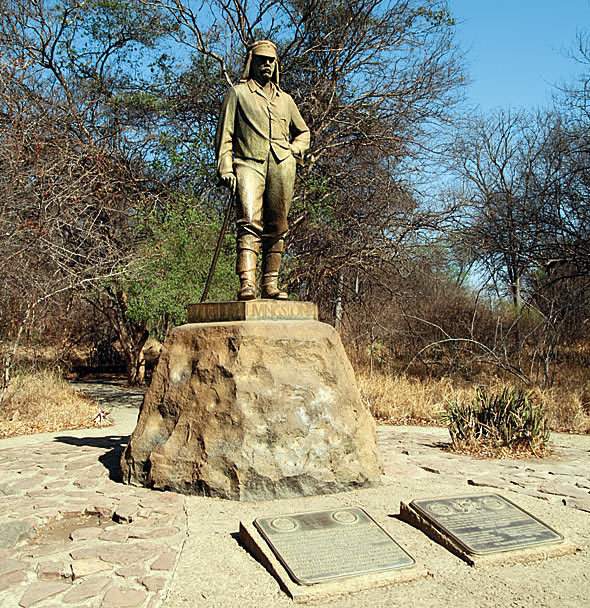
Following Livingstone’s expedition, the area began to attract a growing number of European explorers, traders, and missionaries. Development accelerated in the early 20th century with the arrival of the railway and the construction of the Victoria Falls Bridge in 1905. Designed to connect what were then Northern Rhodesia (now Zambia) and Southern Rhodesia (now Zimbabwe), the bridge was positioned to provide train passengers with a direct view of the falls, based on the vision of businessman and politician Cecil Rhodes.
Victoria Falls supports a rich and diverse ecosystem directly influenced by the presence of water and the constant spray. The area immediately surrounding the falls, known as the “spray forest” or “rainforest,” is a prime example. This area receives year-round moisture from the rising spray, creating a unique local environment distinct from the surrounding savannah. Plant species found nowhere else in the region grow in this forest, including fig trees, mahogany, and ivory palms.
The Zambezi River, both before and after the falls, provides habitat for a wide range of wildlife. Its waters are home to hippos and crocodiles, and its banks attract herds of elephants, buffalo, giraffes, and antelopes. The area also boasts a large number of birds, making it an important destination for birdwatchers.
Two national parks have been established to protect this ecosystem: Mosi-oa-Tunya National Park on the Zambian side and Victoria Falls National Park on the Zimbabwean side. These parks aim to conserve the area’s biodiversity and manage human activities to minimize their impact on the natural environment.
Tourism is the primary economic source associated with Victoria Falls. The area attracts hundreds of thousands of visitors annually, providing significant income for both Zambia and Zimbabwe. The cities of Livingstone (in Zambia) and Victoria Falls (in Zimbabwe) are located close to the falls and have developed into major tourist centers, providing the necessary infrastructure, including hotels, restaurants, and tourist services.
The falls offer a wide range of activities for visitors. The falls can be viewed from trails and overlooks that run along the gorge’s edge on both the Zambian and Zimbabwean sides. During the low-water season, visitors can access Devil’s Pool, a natural rock pool located directly on the edge of the falls on the Zambian side, allowing for swimming just meters from the falls. Other activities include boat trips on the Zambezi River, rafting, whitewater rafting in the gorges below the falls, bungee jumping from the Victoria Falls Bridge, and flying in helicopters or light aircraft for aerial views.
In addition to tourism, the Zambezi River has significant potential for hydroelectric power generation. Hydroelectric power plants are located near the falls on both sides, providing a portion of local energy needs, although ongoing discussions exist about the balance between exploiting the river’s energy resources and preserving the integrity of the falls’ ecosystem and natural flow.





